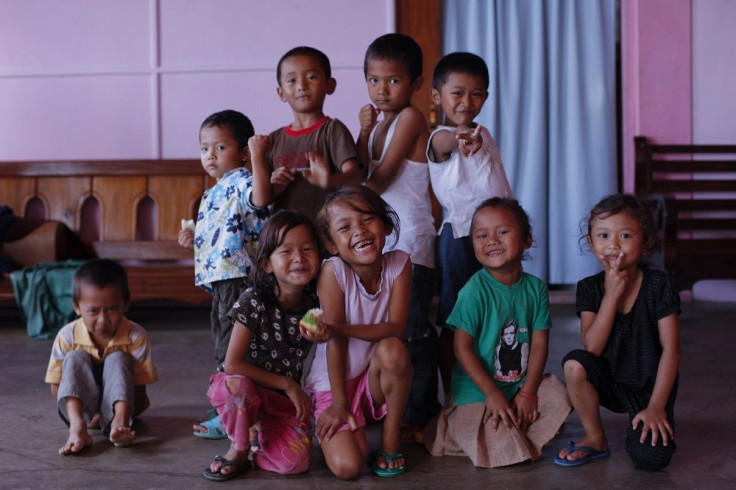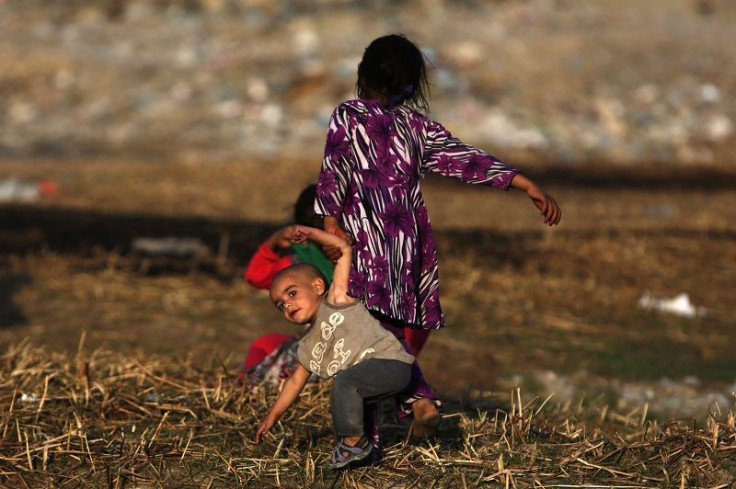UC Davis study says firstborns feel they are their parent’s favourite child

There appear to be a favourite child among siblings, despite what many parents would say having equal love for all of their offspring. A study by University of California, Davis (UC Davis) sociologist found that 74 percent of mothers and 70 percent of fathers admit having a preferential treatment toward one child.
The research by Katherine Conger, published in the Journal of Family Psychology, did not identify which of their child is their favourite, notes the New Zealand Herald. But Conger, who specialises in sibling relationships, points out that many firstborns say they feel they are the favoured one.
The results of the study goes against the research’s working hypothesis that the firstborns, because of their status as older and born earlier than their siblings, would be affected by perceptions of different treatment since they enjoy more power because of their age, size and more time spent with their parents.
Younger siblings also admit feeling a bias by the parents for the firstborn child, affecting their self-esteem. The feeling of preferred in the family is experienced by firstborns because they are the first in the family to do well in sports, school and even “generally confound their parents as to what to do.”
One explanation behind the perception is that by the time the younger kids repeat what their firstborn sibling did, the parents know how to handle the situation which could tend toward being tougher on discipline. However, across birth order, all kids feel they are not being treated fairly.
Conger says, “Everyone feels their brother or sister is getting a better deal,” adding, “Regardless of how you look at it, both [earlier and later-born kids] are perceiving preferential treatment.”
In a 2007 study where Conger was part of the team, the UC Davis found that children who grew up with an older brother tend to be more aggressive when they reach adolescence, but it was the opposite for those with a younger sister. It explains the behaviour to male children consistently showing higher rates of aggression than females, causing adolescents to be affected more strongly by the brother’s aggression.

The study, published in Child Development journal, held yearly evaluations of sibling adolescent pairs from 451 rural Iowa families. Shannon Tierney Williams, lead author, explains, “Siblings contribute unique opportunities for children and adolescents to practice certain types of aggressive behaviors, including teasing, threatening and fighting.”
On the average, aggression increased as time passed for adolescent with an older brother but remained stable with an older sister. But aggression decreased for the older sibling if the younger one was a girl, however, it remained stable if the younger sibling was a boy.





















